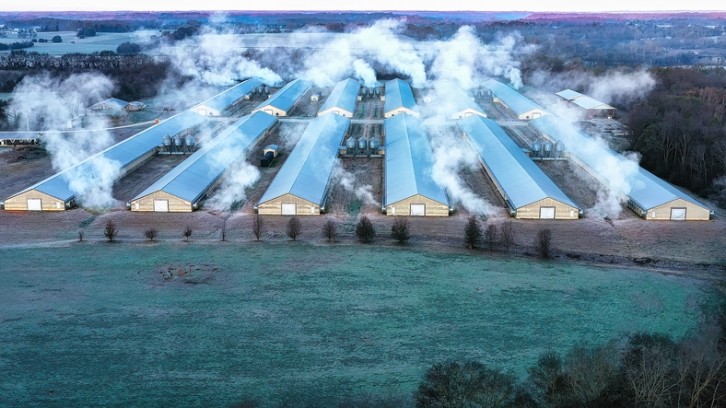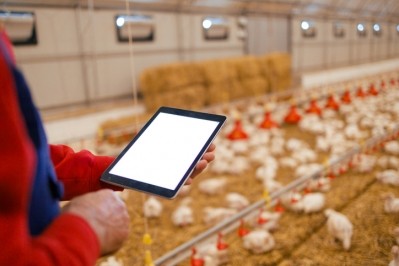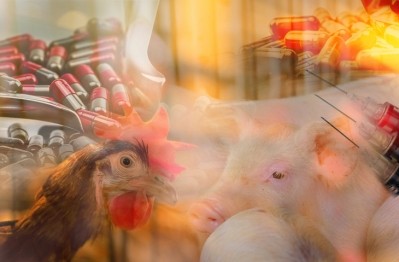Reports from IPPE 2024
Navigating antibiotic trends in the US broiler sector amidst persistent challenges from necrotic enteritis

“It has been a challenge for a long time, but we have been seeing increasing incidences of necrotic enteritis (NE) in broilers," Dr Brian McComb, technical consultant, Elanco, told us at IPPE 2024.
Multiple factors are behind that escalation, he continued, notably the 'No Antibiotics Ever' (NAE) production trend in US broiler systems; those progams do not allow for the use of some NE preventative products, said the Elanco representative.
Indeed, a paper from the Department of Poultry Science at the University of Georgia found that despite the poultry industry’s attempts to mitigate NE through multiple approaches, the disease continues to be a persistent problem.
In addition, US chicken meat inventories are on a downward slide compared to levels from a year ago, according to Rabobank's most recent poultry quarterly. It predicted lower US broiler production in early 2024. As the chicken meat market contracts, producers, in an effort to save costs, may eliminate in-feed products, including NE preventative measures, commented Dr McComb.
He emphasized that the reduction in in-feed products, such as Elanco's animal-only antibiotic Inteprity, can impact bird intestinal integrity, potentially exacerbating NE. Antibiotics are recognized for supporting intestinal structural integrity in birds.
NAE production has proved too challenging for Tyson Foods. Last year saw it announce it would reintroduce antibiotics to its chicken supply chain and that it would drop the NAE tagline from chicken products under its own brand, switching to the No Antibiotics Important to Human Medicine (NAIHM) standard instead.
“A lot of producers are in a similar situation, trying to weigh what their customers are requiring or asking for versus bird health and economic parameters,” commented Dr McComb on that development.
NAE programs
Roughly half of the US industry uses some form of antibiotics in producing chickens, said Dr Francene Van Sambeek, another technical consultant at Elanco.
“Previously about 60% of US poultry producers were NAE but that has shifted back to around 50% of the industry today. We support both programs but recognize that there are a lot of challenges with NAE production. It is up to the company to choose. If producers choose to go NAE, we have products to support them, if, likewise, they choose to go NAIHM, we have products to support that as well,” she said.
The removal of medically important antibiotics from the feed used for growth promotion went into effect in the US in January 2017.
The NAE label in the US came about as part of a broader trend in the food industry where consumers were showing an increased interest in antibiotic-free and, from their perspective, more sustainably produced poultry.
But NAE programs require better disease control; consistent, high-quality feed; cleaner hatching eggs; reduced stress on broilers; increased downtime between flocks; and reduced stocking densities.
Ongoing research
Inteprity, which can be used in NAIHM programs but not NAE systems, was introduced into the US market in 2016. “And over the past few years we have fine-tuned how we use it, in terms of timing and dosing, making changes to the label,” she explained.
Producers who are using Inteprity, according to Dr McComb, have seen reliable results with it. “They have seen the value in it. We have done some studies here looking at how long Inteprity can be run for and have found that we can do multiple flocks, so extend that out to provide that NE protection, and meet the NAIHM criteria for producers under that standard,” he added.
Elanco has been undertaking further research work, comparing Inteprity with Stafac and other NE targeted antibiotics. “That study just wrapped up recently. The big take-away from that trial was, when used in combination with certain anticoccidials, Inteprity showed good protection against NE when it was compared to Stafac in a research setting,” he confirmed.
















